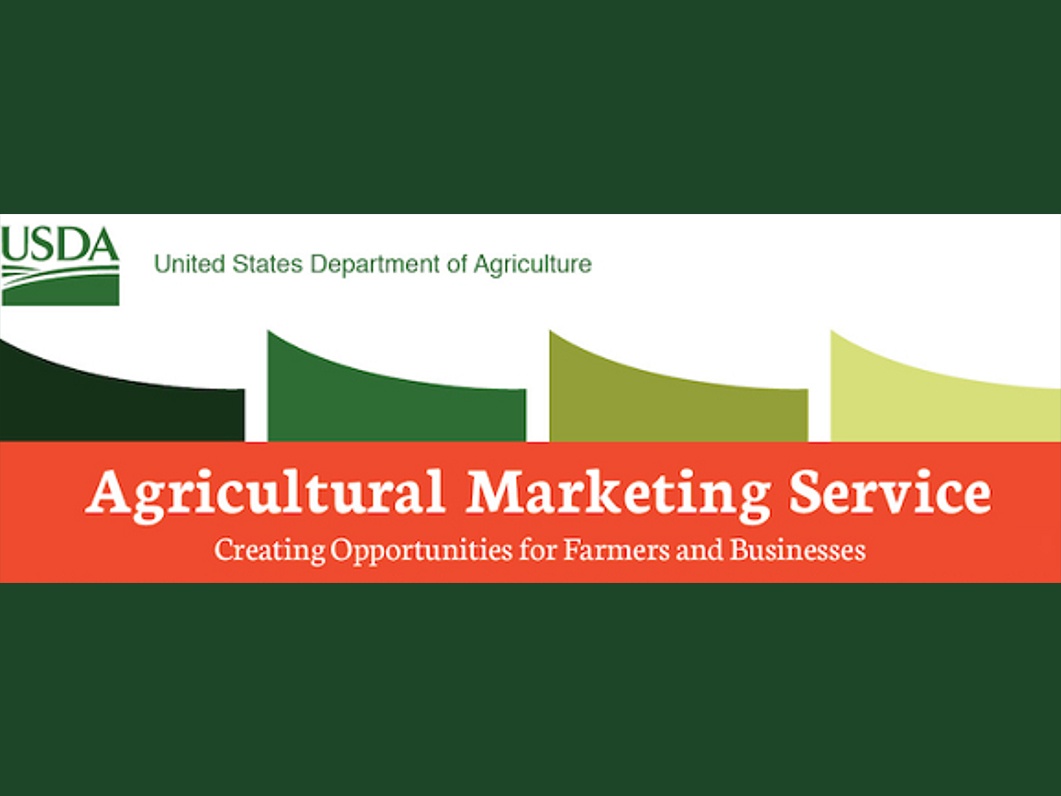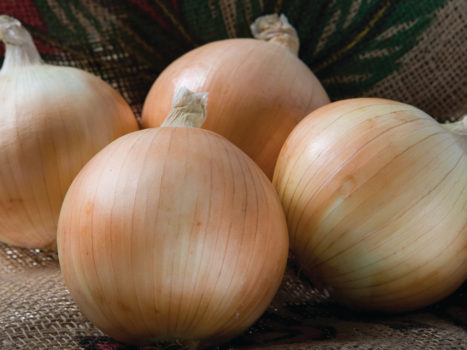The USDA recently released a comprehensive look at the Coronavirus Food Assistance Program 2, which is accepting applications until Dec. 11, and provided some very insightful clarifications to 10 major misunderstandings. This is a good and beneficial read, and we’re printing it in its entirety so nothing is missed. Thank you, J. Latrice Hill, and thank you, USDA. We so much appreciate working with you.
Myths Debunked: Coronavirus Food Assistance Program 2 (CFAP 2)
By J. Latrice Hill, National Director of Outreach, USDA Farm Service Agency
USDA is now accepting applications for the Coronavirus Food Assistance Program 2 (CFAP 2) for farmers and ranchers whose operations have been impacted by the current pandemic. Signup closes on Dec. 11. Have you submitted your application? Let’s debunk some common myths that may be holding you back.
Myth 1: I cannot apply for CFAP 2 because I didn’t apply for the first round of CFAP.
CFAP 2 is a separate program from the first iteration of CFAP, now referred to as CFAP 1. There is no requirement to participate in CFAP 1 in order to participate in CFAP 2.
Myth 2: I applied for CFAP 1, therefore I cannot apply for CFAP 2 as they’re the same program with one funding pool.
Again, CFAP 2 is a separate program from CFAP 1 and has its own unique funding. The programs function separately and require separate applications and signups, but with very similar eligibility requirements.
I enrolled in CFAP 1, so I’m automatically enrolled in CFAP 2.
Producers who applied for CFAP 1 are not automatically signed up for CFAP 2 and must complete a new application in order to be eligible for assistance.
Myth 3: CFAP 2 is only for farmers or ranchers who’ve had COVID-19.
No. CFAP 2 is available to any individual or legal entity who shares in the risk of producing eligible CFAP 2 commodities. The program is intended to provide financial assistance to farmers and ranchers who have continued to face market disruptions and associated costs because of COVID-19. There are more than 300 commodities eligible for the program ranging from livestock to row crops, specialty crops to aquaculture. Virtually all farmers and ranchers are potentially eligible for this program.
Myth 4: The commodities I raise or produce were not eligible for CFAP 1, so there’s no need for me to apply for CFAP 2.
CFAP 2 included additional commodities that were not eligible under CFAP 1. It’s important to check out ourEligible Commodities Finder to see if the commodity you grow or raise is eligible for CFAP 2.
Myth 5: My local Service Center is not open to the public because of the pandemic, so there’s no staff to help me with my application.
All USDA Service Centers are open for business, including those that restrict in-person visits or require appointments. You should first call your local Farm Service Agency office and schedule an appointment.
Our program delivery staff will continue to work with our producers by phone, email, and using online tools. An easy first step is to contact our call center at 877-508-8364 and an FSA employee can help you take the first steps toward application.
You can find the phone number and the location of your local USDA Service Center at farmers.gov/cfap and view the status of your local Service Center at farmers.gov/coronavirus/service-center-status.
Myth 6: I need to work with a third-party entity to complete my CFAP 2 application.
USDA helps farmers and ranchers complete program applications and other paperwork free of charge. Service Center staff can guide farmers through the process of preparing and submitting required paperwork on their own, with no need to hire a paid preparer. Language translation service is available in all USDA Service Centers, so one-on-one assistance with a Service Center employee can be translated in real time for farmers requiring it.
Myth 7: CFAP 2 is a loan program that I will need to pay back.
CFAP 2 is direct financial assistance and not a loan. There is no cost to apply for CFAP 2 and funds will not need to be paid back.
Myth 8: This is a first-come, first-served program and those who applied earlier are more likely to receive funding.
This is not a first-come, first-served program. CFAP 2 provides up to $14 billion. The program was designed to distribute assistance broadly across the industry and across the country. Current data on payments is available online and updated every Monday. USDA’s Farm Service Agency will accept CFAP 2 applications through Dec. 11, 2020.
Myth 9: I’ve never done business with USDA before so I’m not eligible for CFAP 2.
Participation in other USDA programs is not a prerequisite for CFAP 2 eligibility. Our staff is standing by to help you get started and will work with you to fill out the program application. They will ask for this information:
- Name and Address
- Personal Information, including your Tax Identification Number
- Farm Operating Structure
- Adjusted Gross Income compliance certification to ensure eligibility
- Direct deposit information to enable payment.
You can learn more about the CFAP 2 application process at farmers.gov/cfap/apply.
Myth 10: I don’t have a farm number, so I don’t qualify for CFAP 2.
You do not need to have a farm number to apply for CFAP 2, except if you will be filing an application for commodities identified as acreage-based crops. The acreage and yield information must be provided by FSA through the annual acreage reporting process, either through an application initiated by USDA Service Center staff or by applying online.
Contact the FSA staff at your local USDA Service Center if you have questions about acreage reporting and your CFAP 2 application.
Learn more about CFAP 2 at farmers.gov/cfap.
J. Latrice Hill is National Director of Outreach, USDA Farm Service Agency and can be reached at latrice.hill@usda.gov.


